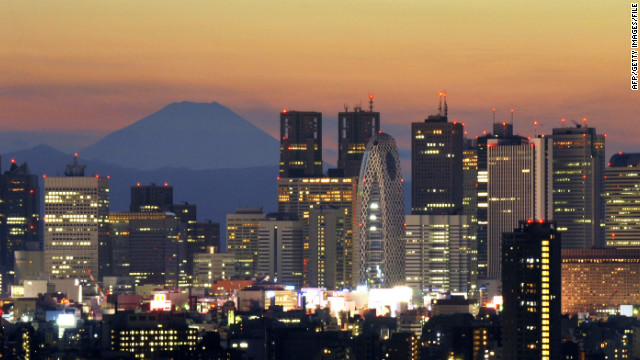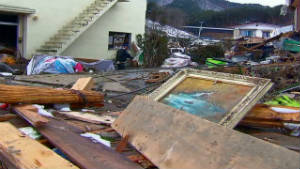watch my video assessment here:
———————————————–
Also you can watch the State of the Union address here:
(at about 29 minutes President Obama speaks about “fracking”).
————————————————–
Screenshot of the Presidents proposed NEW FRACKING/DRILLING plan !
Title of this post says it.. W.T.F. … what the frack ?!
Look at the diagram to the right of President Obama…
This is the NEW PROPOSED map of “fracking” and “drilling” sites …
Wait a second…
Step back from this above map for a second.. look at it in a ‘broader’ sense —– where have we seen this shape before?!
Oh yes… now I can place it… it took me a second…
————————
Yes, thats right.. if you compare the two maps.. the NEW PROPOSED drilling/frac well sites…. alongside the diagram of the actual NORTH AMERICAN CRATON….. they are planning on drilling / injecting / fracking the entire edge of the north american plate [commonly called “Laurentia”].
===========================
Now look at the past 2 weeks of earthquakes in north america — 1/12/2012 through 1/25/2012 .
See a familiar pattern? Just connect the dots — the earthquakes across the United states are falling along the edge of the north american craton.
These earthquakes of course have multiple causes.. some are at dormant volcanoes with deep shafts into the earths crusts.. however SEVERAL of the earthquakes shown on this screenshot above (in NM, CO, TX, OK, AR, TN, VA, OH, and NY) … all were at fracking/drilling sites !
This says to me, that ANYWHERE that a deep shaft has been dug into the earth, or at dormant volcanoes which have open tubes into the earths crust ….. we can expect to see an uptick in earthquake activity due to the global unrest.
Just like the punctured edges on a perforated piece of paper make it easier to tear the paper apart…. these man made Fracking/Drilling punctures in the earth crust are making it easier for the Pacific plate to “move” the North American Craton.
One more time.. lets compare all three diagrams—earthquakes for the past 2 weeks (Left), drilling / fracking sites (middle), Geologists diagram of Craton (right):
here are my past posts on the subject:
http://sincedutch.wordpress.com/?s=frack
past videos on frac well injection drilling:







 Quake, tsunami debris threaten coastlines
Quake, tsunami debris threaten coastlines